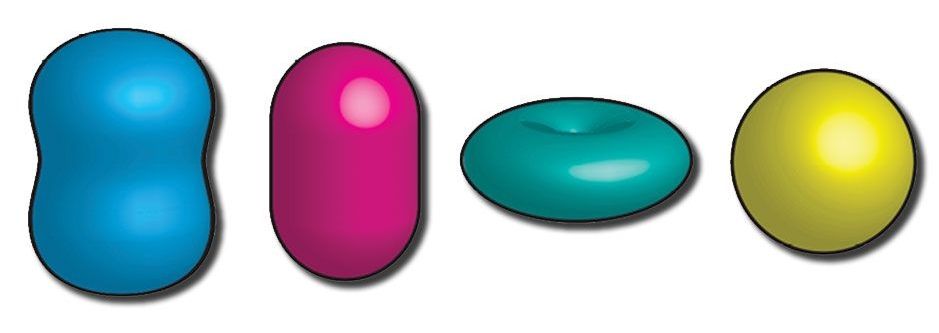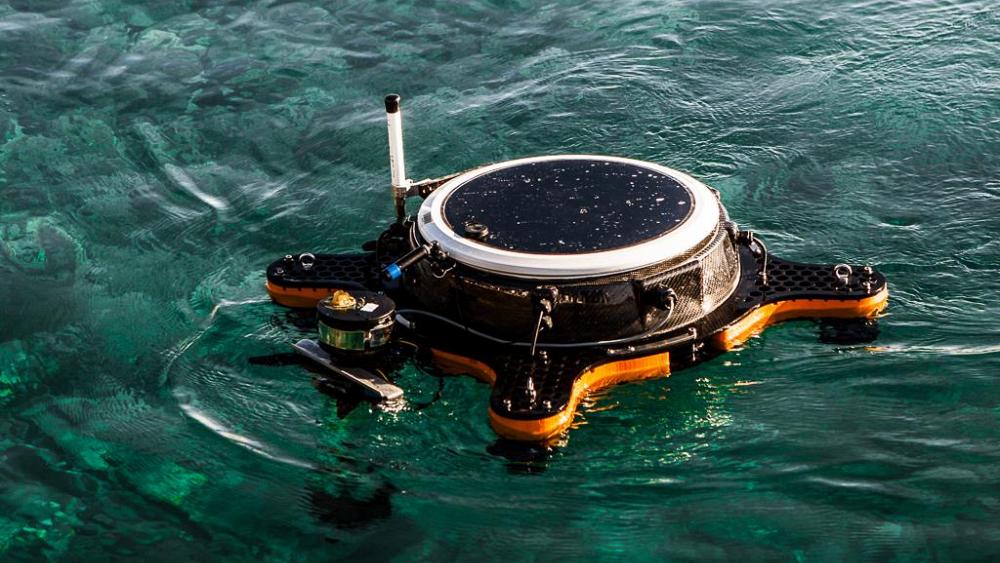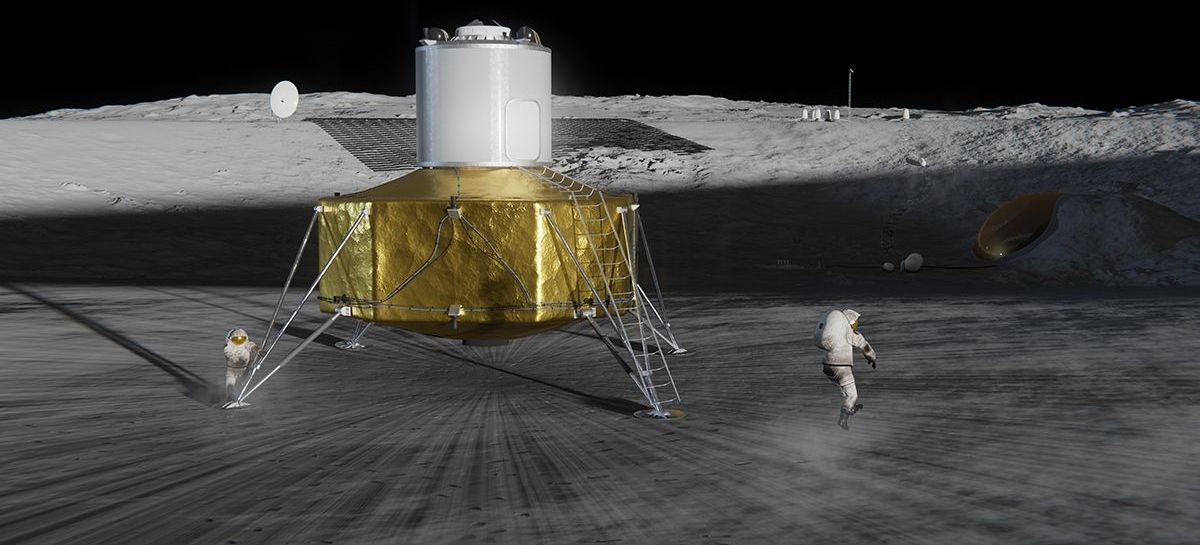A mammoth dig is underway that is expected to unearth 60,000 skeletons from a 230-year-old cemetery in London.
The bones of 1,200 people have so far been exhumed from the burial ground near Euston Station to make way for the new high-speed railway between the capital and Birmingham.
Recently released photos of the major dig show archaeologists clearing thick clay from coffins and brushing dirt from remains.







